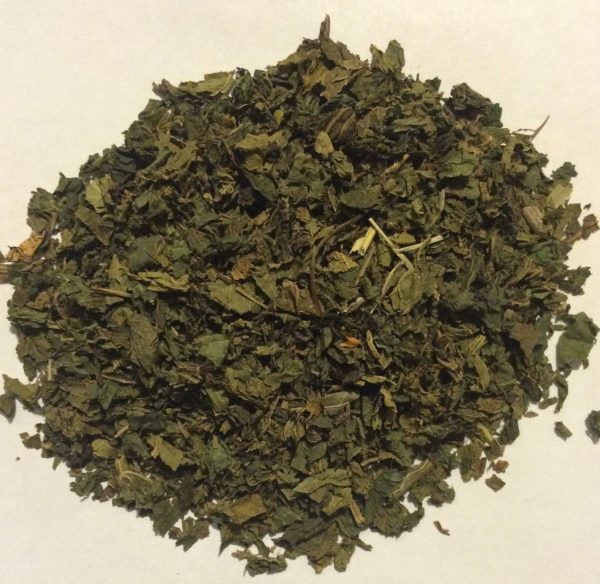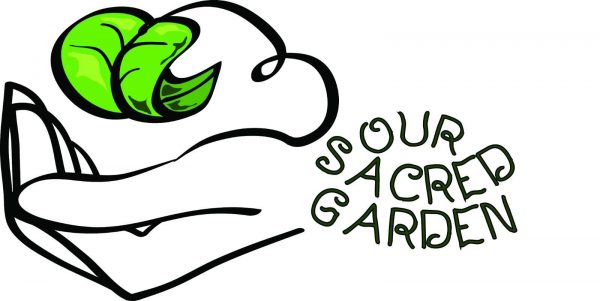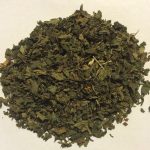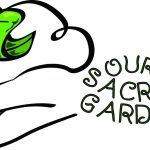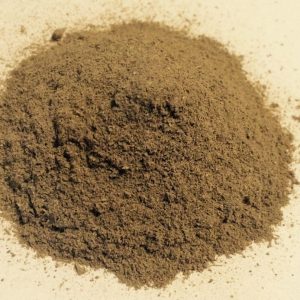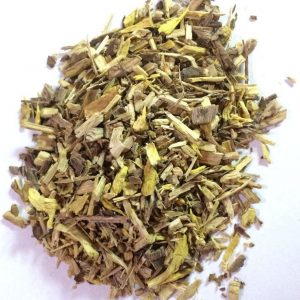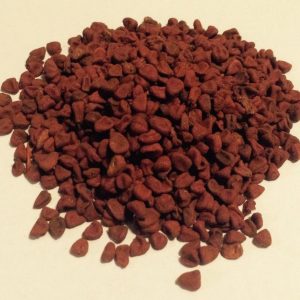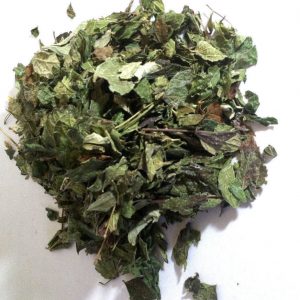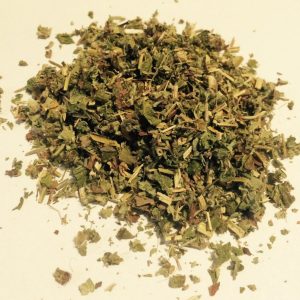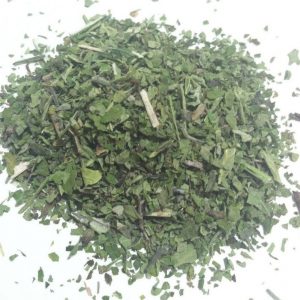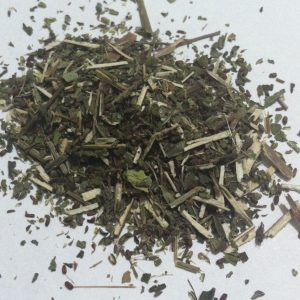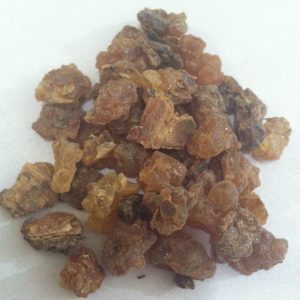Description
Common Name Standardized: stinging nettle
Other: nettle Botanical Name Urtica dioica L. ssp. dioica
Plant Family: Urticaceae Overview Introduction Nettle is a common botanical, native to Africa and western Asia. It has since become naturalized across the globe and can be found wild in many parts of the world. It grows in temperate climates, preferring shady regions with moist soil. Stinging hairs cover the live plant, helping to protect it from predation. When touched, the hairs cause stinging welts due to the content of formic acid. While the stings can be painful, they don’t last long and rarely cause serious harm. After being picked, the acid deteriorates quickly and the stinging hairs begin losing potency within minutes. The harvested leaves are a favorite source of medicine and have also been used for centuries for food and fabric. The healing powers of nettle are well steeped in the folklore and traditions of various cultures. In one fairytale, The Wild Swans, the heroine is tasked with weaving shirts of nettle leaf in order to cure her eleven brothers who have been turned into swans by their evil stepmother. Constituents formic acid, histamine, serotonin, choline, minerals, chlorophyll, amino acids, lecithin, carotenoids, flavonoids, sterols, tannins and vitamins. Nettle’s main plant chemicals include: acetophenone, acetylcholine, agglutinins, alkaloids, astragalin, butyric acid, caffeic acids, carbonic acid, chlorogenic acid, chlorophyll, choline, coumaric acid, folacin, formic acid, friedelins, histamine, kaempherols, koproporphyrin, lectins, lecithin, lignans, linoleic acid, linolenic acid, neoolivil, palmitic acid, pantothenic acid, quercetin, quinic acid, scopoletin, secoisolariciresinol, serotonin, sitosterols, stigmasterol, succinic acid, terpenes, violaxanthin, and xanthophylls Parts Used Leaves Typical Preparations Steamed and eaten in salads, pastas, etc. As a tea, extract and capsule. Summary People have used nettle in the production of clothing for thousands of years. According to The Book of Herbal Wisdom by Matthew Wood, archeologists in China discovered perfectly preserved nettle clothing aging over 2000 years. Since then, nettle fiber has been used to make rope, and was notably used by the Germans in World War 2 for the manufacture of their uniforms. Nettle greens can be steamed for a delicious leafy vegetable with a flavor that is often compared to spinach. The leaves are a wonderful source of nutrients, containing a number of essential minerals including iron, calcium, potassium and magnesium. Nettle is approved by the German Commission E for internal and external use in the support of inflammation. For its diuretic properties, it is approved for support of the lower urinary tract. Precautions Specific: No known precautions.
General: We recommend that you consult with a qualified healthcare practitioner before using herbal products, particularly if you are pregnant, nursing, or on any medications. For educational purposes only This information has not been evaluated by the Food and Drug Administration.
This information is not intended to diagnose, treat, cure, or prevent any disease.



